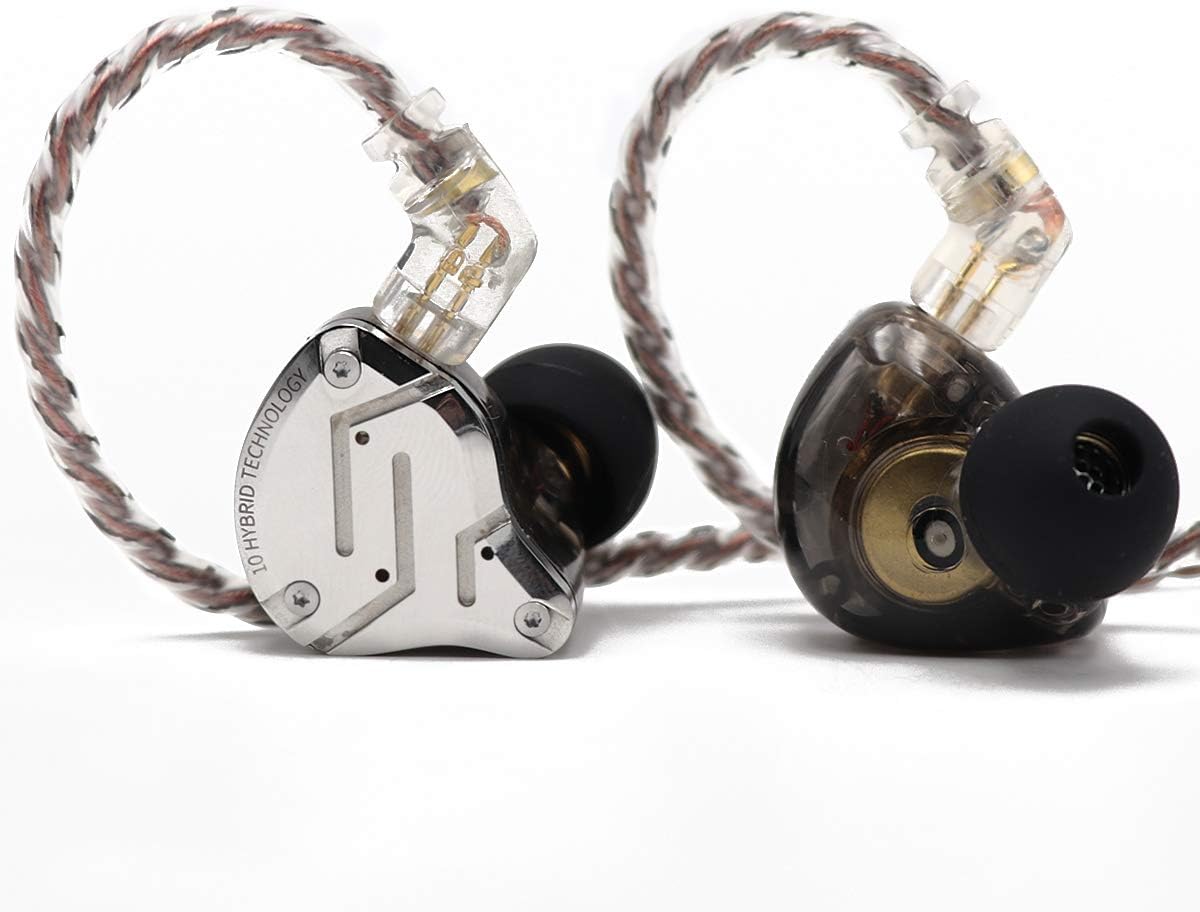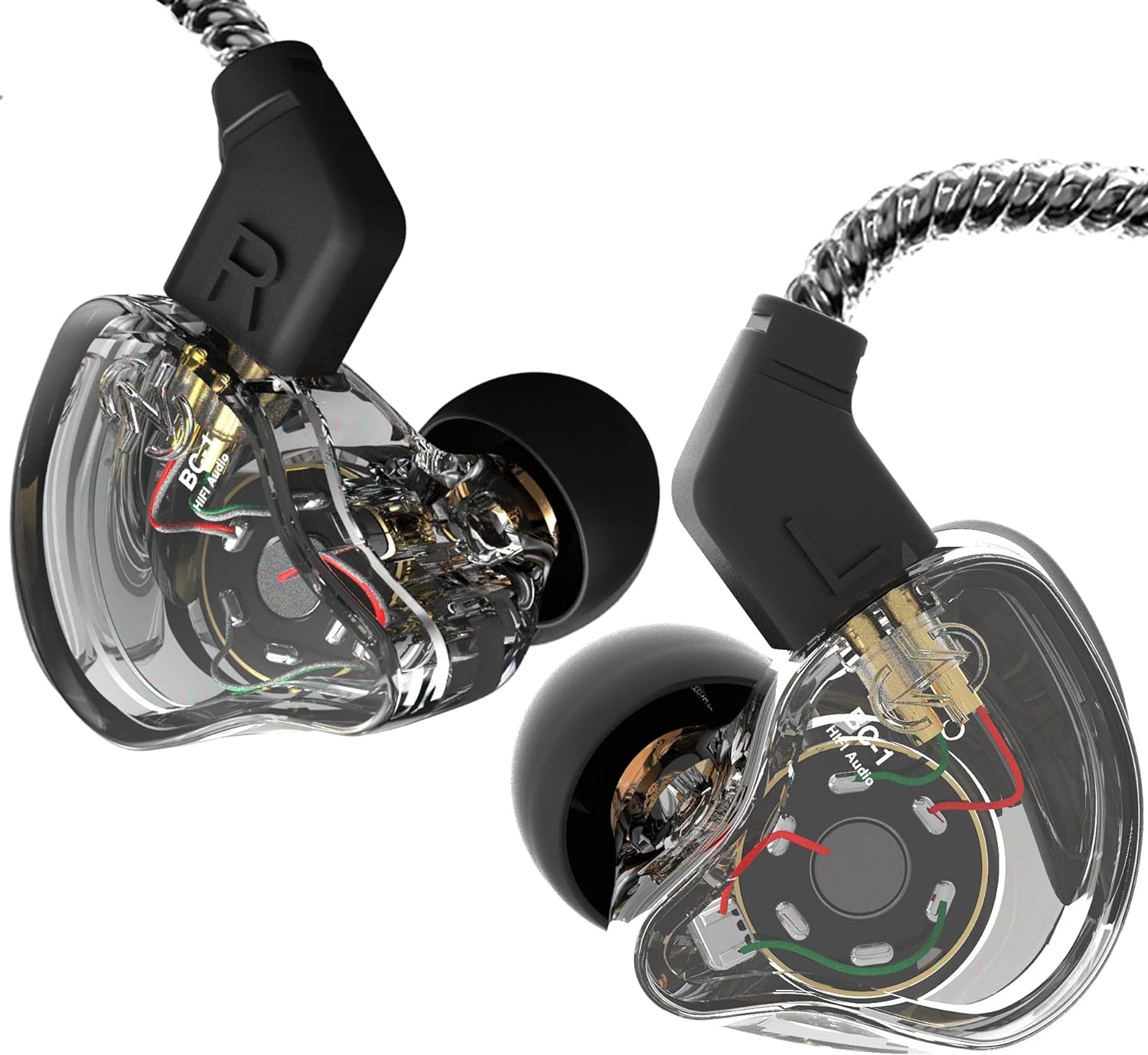How to Run In-Ear Monitors for Professional Photographers?
Professionals in any field must balance multiple tasks efficiently. For 'professional photographers,' this often includes managing audio while capturing stunning images. One of the essential tools in this dual-focus endeavor are in-ear monitors (IEMs). In this article, we will discuss how to run in-ear monitors effectively and why they are crucial for your workflow. These devices allow photographers to receive audio cues without interference, ensuring a seamless session.
Even if you specialize in photography, the importance of in-ear monitors can not be understated. They enable you to communicate better with your team and stay tuned into the necessary sounds from your environment. Understanding how to run them efficiently can greatly enhance your productivity and the overall quality of your projects.

What are In-Ear Monitors?
In-ear monitors are compact audio devices that provide high-quality sound directly into your ears. Originally designed for musicians, they have found a niche in various industries, including photography. By connecting to audio devices or through wireless technology, these monitors can transmit clear sound and audio signals, making them essential for real-time communication.
How Do In-Ear Monitors Work?
In-ear monitors operate by utilizing small speakers that fit snugly into the ear canal. They provide a direct audio feed, often via a mixer or a wireless system, that keeps you attuned to important sound elements in your environment. By cutting out ambient noise, they allow you to concentrate on your photography while receiving audio cues.

Importance of In-Ear Monitors in Photography
Many photographers often need to capture sounds and ambience during a shoot. This is especially relevant in settings such as weddings, events, and documentaries. Using in-ear monitors allows you to hear critical audio cues without disrupting your vision or workflow.
Benefits of Using In-Ear Monitors
- Ambience Awareness: Stay informed about the surroundings without looking away from your camera.
- Clear Communication: Effectively communicate with your team or clients, receiving updates in real-time.
- Focus: Eliminate distracting sounds and concentrate on your work.

How to Choose the Right In-Ear Monitors
Choosing the right set of in-ear monitors can greatly impact your shooting efficiency. Here are some factors to consider:
Sound Isolation
Look for monitors that offer good sound isolation features. This will not only enhance audio clarity but also minimize background noise. Consult what you need for IEMs to get started.
Comfort and Fit
Shooting for extended periods means comfort is a priority. Choose monitors that come with various ear tips to find the perfect fit for your ears.
Durability
Invest in quality build and materials to ensure longevity. Outdoor shooting can expose gear to various elements.

Setting Up Your In-Ear Monitors
After selecting your in-ear monitors, the next step is setting them up correctly:
1. Connect to Audio Source
Use the appropriate cables or wireless systems to connect to your audio source. This could be a camera, mixer, or a mobile device.
2. Adjust Levels
Before hitting the field, adjust audio levels to ensure optimal performance. Too high levels may cause distortion, while low levels could omit important cues.
3. Practice with Your Team
Run practice sessions with your team to get accustomed to the communication system you will use. This will ensure everyone is on the same page.
Maintenance Tips for Longevity
Taking care of your in-ear monitors will ensure they last longer. Here are some maintenance tips:
Regular Cleaning
Keep the earpieces free from dirt and earwax using specialized cleaning kits.
Proper Storage
Use a sturdy case to protect your monitors when not in use. This will prevent damage and keep them in optimal condition.
Common Issues and Troubleshooting
Like any electronic devices, in-ear monitors may run into issues. Here are a few common problems and how to troubleshoot them:
Sound Cutting Out
This often indicates a loose connection. Check cables and connectors to ensure a solid link.
Unbalanced Sound
If one side sounds louder than the other, check the audio settings on your device.
Comfort Issues
If they feel uncomfortable, try different ear tips or adjust their placement.
Conclusion
Running in-ear monitors effectively can help professional photographers enhance their workflow, maintain critical audio awareness, and communicate efficiently. By following the guidelines laid out in this article, you will be better positioned to harness the power of audio in your photographic endeavors.
For more insights into in-ear monitors, check out what IEMs are.
As an Amazon Associate, I earn from qualifying purchases.

